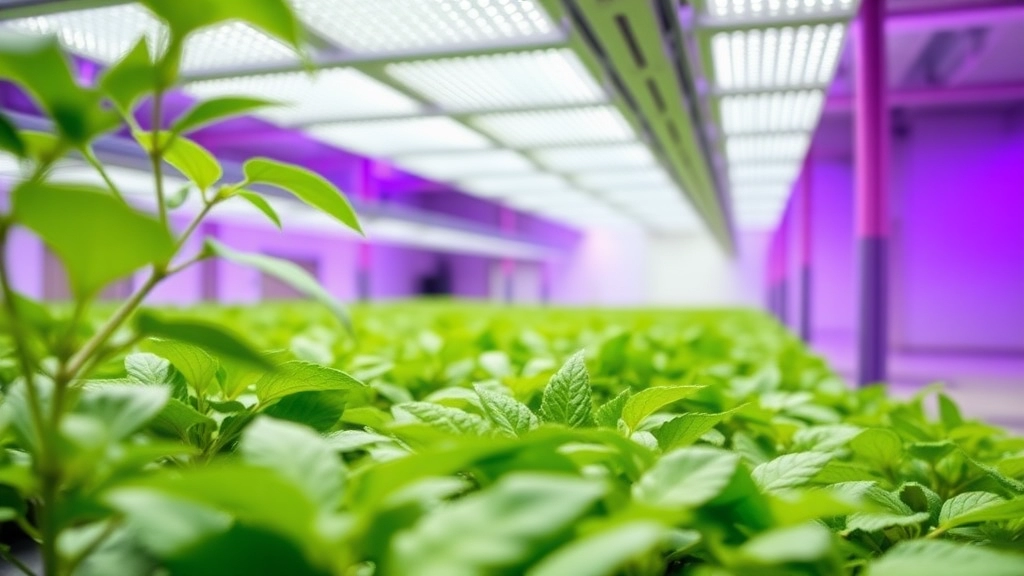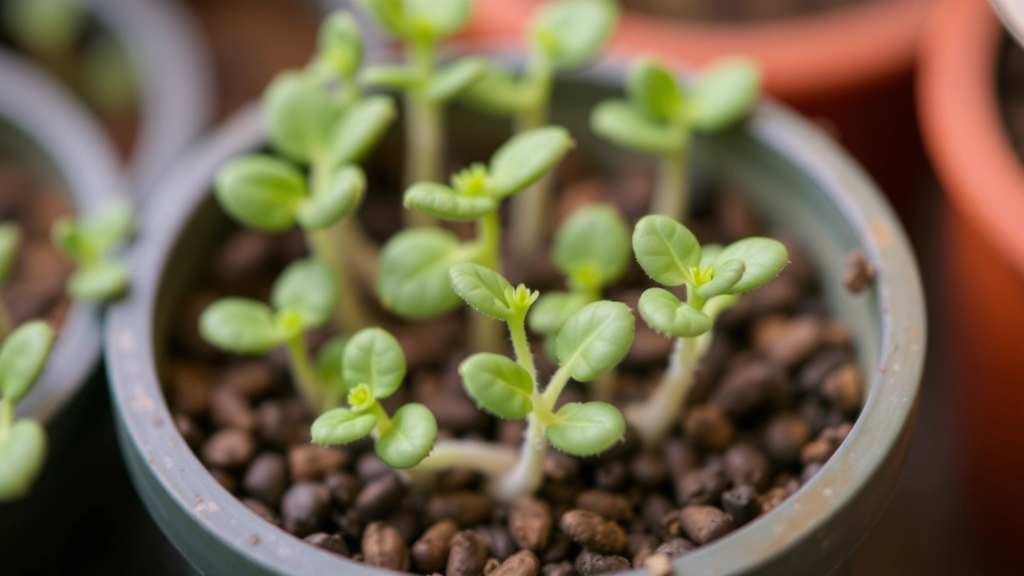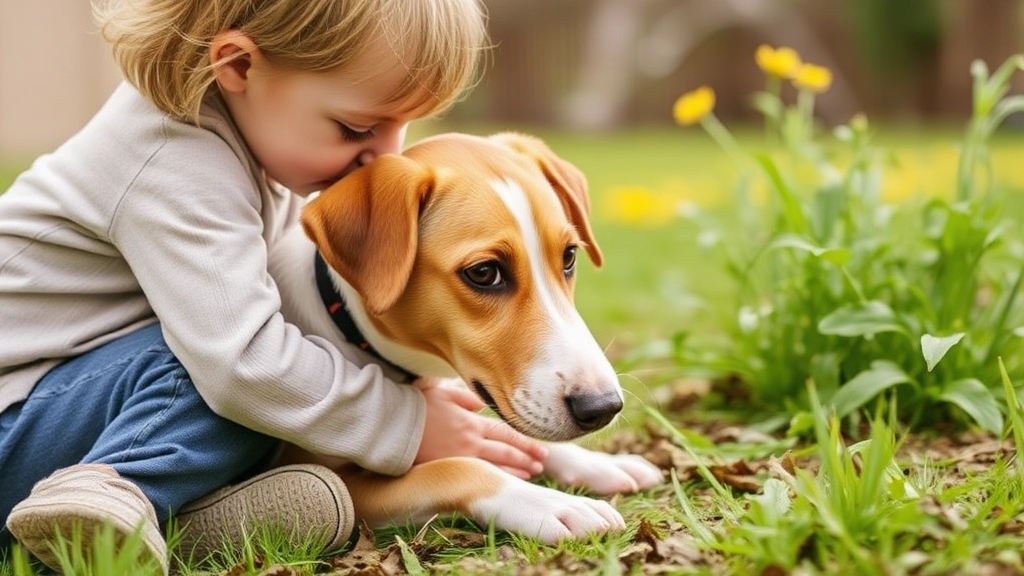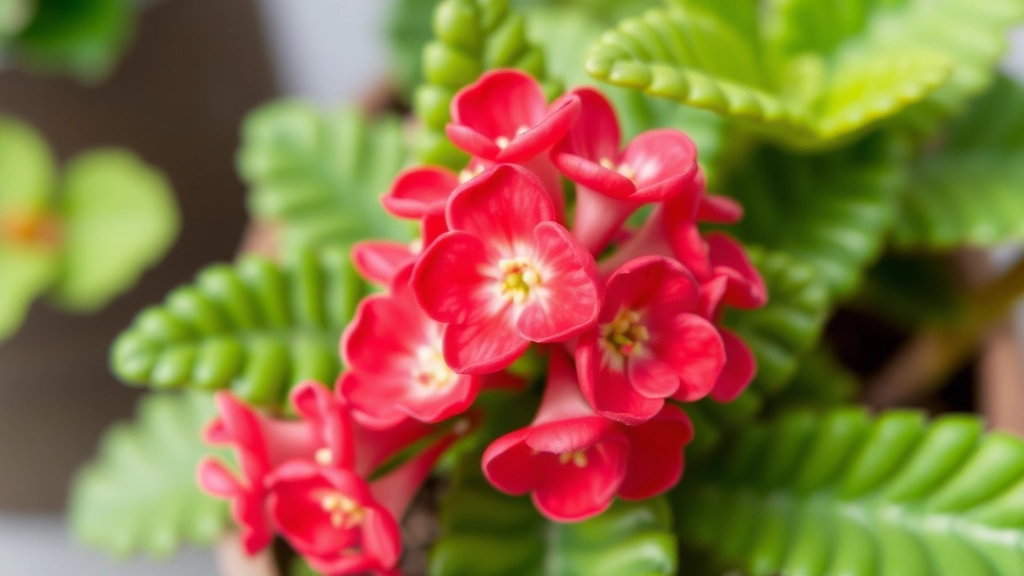Kalanchoe Maternity Plant Overview
The Kalanchoe Maternity Plant, also known as Mother of Thousands or Kalanchoe daigremontiana, is a fascinating houseplant known for its unique propagation method through plantlets. If you’re looking to add this eye-catching plant to your collection, understanding its care requirements is crucial. From optimal lighting and temperature conditions to soil and watering needs, we’ll cover everything you need to know to keep your Kalanchoe thriving.
Propagation and Care
One of the most intriguing aspects of the Kalanchoe Maternity Plant is its rapid reproduction. This can be both a blessing and a challenge, especially when managing the numerous baby plantlets. Additionally, we’ll discuss common issues like overwatering, lighting problems, and the plant’s toxicity to pets and children, ensuring you have all the information needed to maintain a healthy and safe environment for your plant and household.
Key Characteristics of the Kalanchoe Maternity Plant
Are you curious about what makes the Kalanchoe Maternity Plant so special?
This succulent, known scientifically as Kalanchoe luciae, is not only visually striking but also has unique features that set it apart from other houseplants.
Distinctive Features
- Leaf Structure: The Kalanchoe Maternity Plant boasts thick, paddle-shaped leaves that are often tinged with a vibrant red or pink hue at the edges. This colouration intensifies with exposure to bright light, making it a stunning addition to any indoor space.
- Plantlets: One of the most fascinating characteristics is its ability to produce small plantlets, or “babies,” along the edges of its leaves. These tiny plants can easily be propagated, providing an excellent opportunity for plant enthusiasts to expand their collection.
- Growth Habit: Typically, this plant grows upright, reaching heights of about 30 to 60 cm. Its compact size makes it suitable for various settings, from windowsills to desks.
- Flowering: While primarily grown for its foliage, the Kalanchoe Maternity Plant can also produce clusters of tubular flowers, usually in shades of yellow, orange, or red. These blooms can add a splash of colour during the blooming season.
Understanding these key characteristics is essential for anyone looking to cultivate a thriving Kalanchoe Maternity Plant.
Transition to Growing Conditions
Now that we’ve explored its unique traits, let’s delve into the optimal growing conditions for this captivating succulent. For detailed guidance, you can check out our comprehensive guide on how to grow and care for Kalanchoe Mother of Thousands. Additionally, if you’re interested in expanding your collection, learn more about the top fuzzy Kalanchoe types for your garden.
Optimal Growing Conditions: Light and Temperature Requirements

So, you’ve got your Kalanchoe Maternity Plant, and you’re wondering how to keep it thriving?
Let’s talk about light and temperature — two key ingredients for a happy plant.
Light Needs
Kalanchoe plants love bright, indirect sunlight.
Here’s what you should keep in mind:
- Ideal Spot: A south or west-facing window is perfect.
- Duration: Aim for around 6 hours of light daily.
- Signs of Too Much Light: If the leaves start turning yellow or getting scorched, it’s time to move it a bit away from the window.
Temperature Preferences
Temperature plays a big role too.
Kalanchoe enjoys warmth but not extremes:
- Optimal Range: Aim for 20-25°C (68-77°F) during the day.
- Night Time: It can tolerate cooler nights, but don’t let it drop below 10°C (50°F).
- Avoid Drafts: Keep your plant away from chilly drafts or sudden temperature changes.
A Little Extra Tip
If you’re growing your Kalanchoe outdoors, make sure to bring it inside before the first frost.
This little guy isn’t a fan of the cold!
Watering and Soil Guidelines for Healthy Growth
Now that we understand the optimal conditions for light and temperature, let’s delve into the essential aspects of watering and soil that will keep your Kalanchoe Maternity Plant thriving.
Watering Tips
One of the most frequent concerns among plant enthusiasts is how much water to provide. Overwatering is a common pitfall, leading to root rot. Here are some straightforward guidelines:
- Frequency: Water your Kalanchoe when the top inch of soil feels dry. This typically translates to once every two weeks, but it can vary based on your environment.
- Technique: Water thoroughly until you see it draining from the bottom of the pot. Ensure excess water can escape easily.
- Seasonal Adjustments: In winter, reduce watering frequency as the plant enters a dormant phase.
Soil Requirements
The right soil plays a pivotal role in the health of your Kalanchoe. Here’s what to consider:
- Drainage: Use a well-draining potting mix, ideally one designed for succulents. This prevents water from accumulating at the roots.
- pH Level: Aim for a slightly acidic to neutral pH (around 6.0 to 7.0) to promote optimal nutrient absorption.
- Additives: Consider adding perlite or coarse sand to enhance drainage and aeration.
By adhering to these watering and soil guidelines, you can create a nurturing environment for your Kalanchoe Maternity Plant. For more detailed care tips, check out our Ultimate Guide to Growing Kalanchoe.
Managing Plant Propagation: Handling the Baby Plantlets

As we explore the propagation of the Kalanchoe Maternity Plant, it’s essential to understand how to manage its baby plantlets effectively. These little offshoots are not just charming; they are a vital part of the plant’s reproduction process.
Why Propagation Matters
Many plant lovers want to know how to propagate their Kalanchoe successfully. The baby plantlets, or “pups,” are a natural means of expanding your collection. They can also make thoughtful gifts for friends and family.
Steps for Handling Baby Plantlets
Here’s how to ensure a smooth propagation process:
- Wait for the Right Time:
- Ensure the baby plantlets are at least a few inches tall and have developed roots before detaching them from the mother plant.
- Carefully Detach:
- Gently twist or cut the baby plantlet from the leaf where it’s attached. Be cautious not to damage the mother plant.
- Prepare for Potting:
- Allow the plantlets to dry for a few hours to form a callus over the cut area. This helps prevent rot when planted.
- Choose the Right Soil:
- Use a well-draining soil mix, ideally a cactus or succulent blend. This is crucial for healthy root development.
- Planting:
- Create a small hole in the soil and place the baby plantlet in it. Firmly press the soil around it to provide stability.
- Water Sparingly:
- After planting, water lightly. Overwatering can lead to root rot, which is a common issue for new plantlets.
Ongoing Care
Once planted, keep an eye on the baby plantlets:
- Light: Provide bright, indirect sunlight to encourage growth.
- Temperature: Maintain a warm environment, ideally between 20-25°C (68-77°F).
By following these steps, you’ll ensure your Kalanchoe Maternity Plant thrives and produces healthy offspring.
Common Problems and How to Avoid Them
When nurturing your Kalanchoe Maternity Plant, you may encounter a few common issues that can hinder its growth. Understanding these problems and how to prevent them is essential for maintaining a thriving plant.
Overwatering
One of the most prevalent issues is overwatering. This succulent thrives in well-drained soil, and excess moisture can lead to root rot.
- Check Soil Moisture: Use your finger to check the top inch of soil before watering.
- Water Sparingly: Allow the soil to dry out completely between waterings.
Pests and Diseases
Another concern is pests like mealybugs and aphids, which can sap the plant’s vitality. Fungal infections may also arise in overly humid conditions.
- Regular Inspection: Examine your plant weekly for any signs of pests.
- Maintain Airflow: Ensure good air circulation around your plant to reduce humidity.
Leaf Drop
If you notice your Kalanchoe leaves dropping, it could be a sign of stress due to environmental changes or improper care.
- Stable Environment: Keep your plant in a consistent temperature and light setting.
- Avoid Sudden Changes: Gradually acclimatise your plant to new conditions.
Fading Colour
A lack of vibrant colour may indicate insufficient light. Kalanchoes require bright, indirect sunlight to maintain their vivid hues.
- Positioning: Place your plant near a window with filtered light.
- Rotate Regularly: Turn your plant occasionally to ensure even light exposure.
For more detailed care tips, you can refer to the complete guide to Kalanchoe plant care. Additionally, if you encounter issues like leaf discoloration, our guide on why Kalanchoe leaves turn red can be very helpful.
Toxicity Concerns: Keeping Pets and Children Safe

So, you’ve got your Kalanchoe Maternity Plant thriving, but what about the safety of your little ones and furry friends?
Kalanchoe plants are beautiful, but they do come with a warning.
Toxicity Level
- Mildly Toxic: The Kalanchoe can be mildly toxic if ingested.
- Symptoms: If your pet or child munches on the leaves, they might experience vomiting, diarrhea, or other gastrointestinal issues.
What to Watch For
- Pets: Dogs and cats are particularly curious. Keep an eye on them, especially if they like to nibble on houseplants.
- Children: Little hands can reach just about anywhere. Teach kids not to touch or taste the plant.
Prevention Tips
- Placement: Keep your Kalanchoe out of reach. A high shelf or a hanging planter can do the trick.
- Education: Talk to your kids about which plants are safe to touch and which are not.
- Alternatives: If you want a pet-friendly plant, consider options like spider plants or Boston ferns.
VII. Pruning and Repotting Tips for Long-Term Care
As we delve deeper into caring for your Kalanchoe Maternity Plant, it’s essential to consider how pruning and repotting can significantly enhance its longevity and health.
Pruning Your Kalanchoe
Pruning is not just about aesthetics; it’s a crucial part of maintaining your plant’s vitality. Here are some key points to keep in mind:
- Timing: The best time to prune is during the growing season, typically in spring or early summer.
- Tools: Use clean, sharp scissors or pruning shears to avoid damaging the plant.
- What to Remove: Focus on dead or yellowing leaves and any leggy growth. This helps redirect energy to healthier parts of the plant.
- Encouraging Growth: Regular pruning encourages bushier growth. Aim to trim back about a third of the plant if it becomes too leggy.
- Sanitisation: Always disinfect your tools before and after use to prevent the spread of disease.
Pruning not only keeps your Kalanchoe looking its best but also promotes new growth, ensuring a vibrant display.
Repotting Your Kalanchoe
Repotting is another critical aspect of long-term care. Here’s how to do it effectively:
- When to Repot: Generally, repot every 2-3 years or when the roots start to outgrow the pot.
- Choosing the Right Pot: Opt for a pot that is slightly larger than the current one. Ensure it has drainage holes to prevent waterlogging.
- Soil Selection: Use a well-draining soil mix, ideally a cactus or succulent blend, to support healthy root development.
- How to Repot:
- Gently remove the plant from its current pot.
- Loosen the roots if they are tightly bound.
- Place the plant in the new pot and fill with fresh soil.
- Water lightly after repotting to help settle the soil.
Repotting gives your Kalanchoe fresh nutrients and space to grow, which is vital for its overall health. For more detailed information, you can refer to our Comprehensive Kalanchoe Plant Care Guide. Additionally, if you are dealing with specific varieties like the Kalanchoe Flapjack, check out our Kalanchoe Flapjack Care Tips for more tailored advice.
FAQs on Kalanchoe Maternity Plant
What are the light requirements for a Kalanchoe Maternity Plant?
Kalanchoe plants thrive in bright, indirect sunlight. It’s best to place them near a south or west-facing window and ensure they get around 6 hours of light daily. If the leaves start turning yellow or getting scorched, consider moving the plant away from the direct light source.
What is the optimal temperature range for Kalanchoe Maternity Plants?
These plants prefer temperatures between 20-25°C (68-77°F) during the day. They can tolerate cooler nights but should not be exposed to temperatures below 10°C (50°F). Also, keep them away from drafts or sudden temperature changes.
How do I propagate Kalanchoe Maternity Plant baby plantlets?
To propagate, wait until the baby plantlets are a few inches tall with developed roots. Gently twist or cut them from the mother plant and allow them to dry for a few hours to form a callus. Plant them in well-draining soil, water sparingly, and provide bright, indirect sunlight.
Is the Kalanchoe Maternity Plant toxic to pets and children?
Yes, Kalanchoe plants are mildly toxic if ingested. Symptoms can include vomiting, diarrhea, and other gastrointestinal issues. It’s important to keep these plants out of reach of pets and children and educate kids about plant safety.
What are the signs that my Kalanchoe Maternity Plant is getting too much light?
If your plant’s leaves start turning yellow or appear scorched, it’s a sign that it’s receiving too much light. Move the plant to a spot with less direct sunlight to prevent further damage.
How should I care for newly planted baby plantlets?
After planting, ensure the baby plantlets receive bright, indirect sunlight and maintain a warm environment between 20-25°C (68-77°F). Water them lightly to avoid root rot, and keep an eye on their growth and health.
What are some preventive measures to keep pets and children safe from Kalanchoe toxicity?
Place the plant out of reach, such as on a high shelf or in a hanging planter. Educate children about which plants are safe to touch and consider pet-friendly alternatives like spider plants or Boston ferns.
References
-
How to Grow Kalanchoe ‘Mother of Thousands’
-
Growing Kalanchoe Plants Indoors
-
Kalanchoe Toxicity Information – ASPCA
